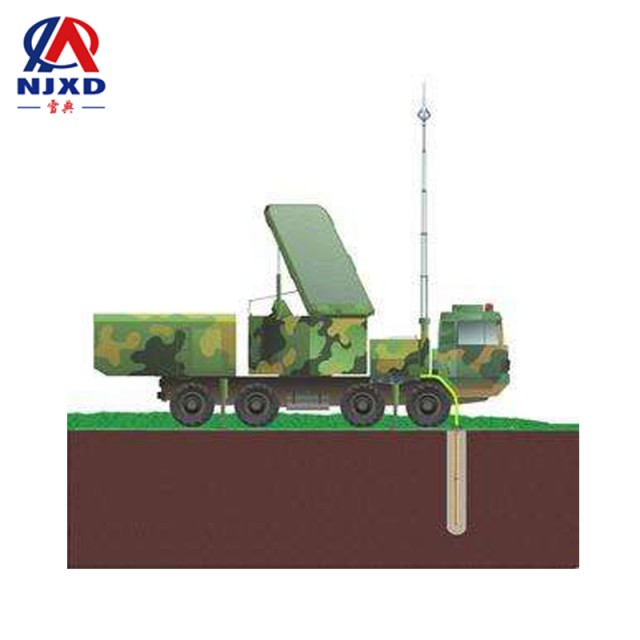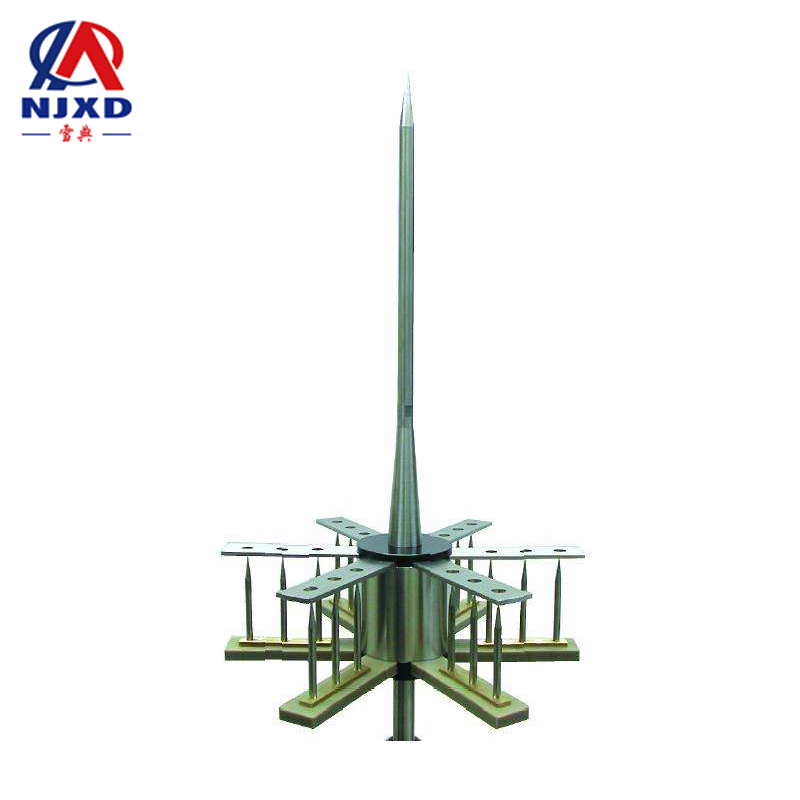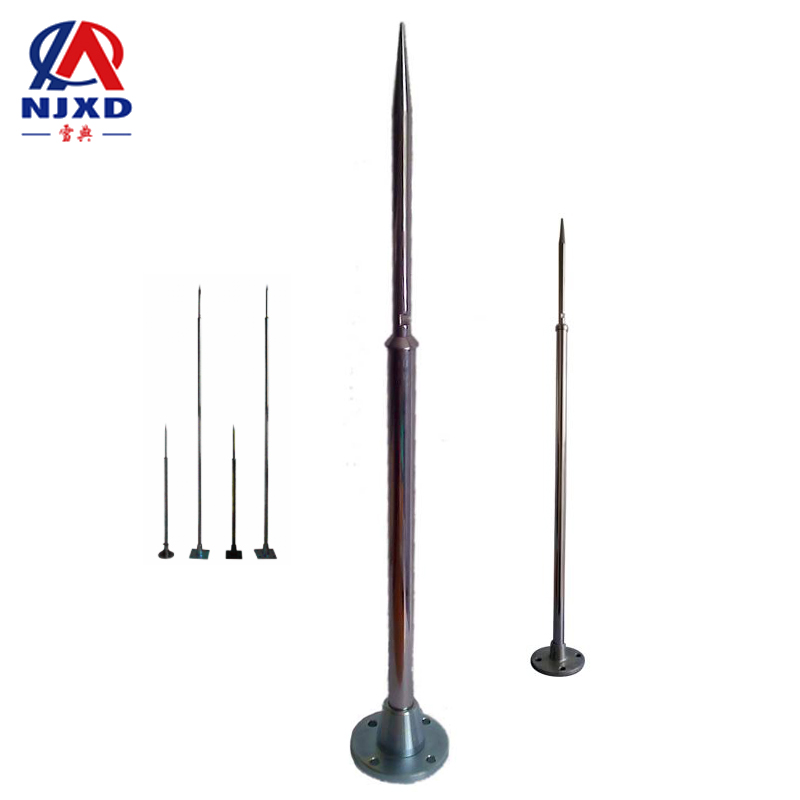NEWS
Analysis and composition of lifting lightning Rod
Time:2021-05-18 View:

Discrimination
Ground wire is iron, lightning rod is copper (can also be silver), ightning Rod top to the sky, ground wire connection lightning conduction buried, ground wire connection ightning Rod, thunderstorm season, lightning enters ightning Rod from ground wire to buried lightning conduction in the sky, which is a facility to eliminate lightning strikes and protect buildings or instruments.
Most of them are used in buildings, transformer wire rods, data centers, launcher, etc.
Ground wire two types of circular section and flat section. The differences of metal clad base metals in laminated metal are divided into: lead clad steel, lead clad copper, copper clad steel, lead clad steel ground wire.
Ightning rod is used on high-rise buildings, chimneys or oil tanks. Ground wire connections are available. Ightning Rod consists of needle body and installation type structural parts. The needle type adopts stainless steel; The needle body must use copper-clad steel rod or steel pipe as the base material.
Lightning strip refers to the wires laid along the ridge, gables, ventilation pipes and the edge of the flat roof and other places that are most likely to be struck by lightning. When the roof area is large, Lightning conduction is adopted. It is to protect the surface of the building from being damaged. Galvanized round steel or flat steel should be used for lightning conduction and lightning protection belt. Round steel should be preferred. Its diameter should not be less than 8mm, and the width of flat steel should not be less than 12mm, the thickness should not be less than 4mm. Ground wire is suitable for lightning protection of long-distance high-voltage power supply lines. Overhead ground wire and lightning protection network should adopt galvanized stranded wire with cross-sectional area greater than 35mm².

Composition
Ightning Rod consists of three parts: Lightning receiver, grounding down lead and grounding body. The Lightning receiver usually adopts round steel or steel pipe with a diameter of 15~20mm and a length of 1~2m, which is fixed on the upper end of the pillar and connected with the grounding body through grounding down lead.
When Lei Yun's discharge channel to the ground develops near the ground, because the tip of ightning Rod protrudes the ground and has good grounding, the electric field strength near the tip of the needle increases, accumulating charges of opposite polarity and guiding the discharge. In turn, it prevents buildings or instruments from being struck by lightning due to excessive charge accumulation. Generally speaking, lightning does not directly hit ightning rod, and ightning rod itself is in danger of melting and explosion if hit by lightning. Ightning Rod has a certain protective effect. The calculation method of protection range is determined by Operation experience and laboratory model test results. The common method in engineering design is to think that the protection radius is a function of the height of ightning rod. According to Chinese regulations, the protection scope of a single ightning Rod is a cone (see figure). The height is ightning rod of h, and its protection radius r = 1.5h on the ground; On the horizontal plane of hx with a height of preserver, its protection radius rx is
When hx ≥, rx =(h-hx)P = h0P
When hx <, rx =(1.5 h-2hx)P
When h ≤ 30m, P = 1
When 30≤h≤120m,
Since the 1960 s, the strike distance method for calculating the range of lightning conductor protection has been put forward, believing that the protection range is also affected by lightning current. But so far, there is no perfect method for calculating the protection scope recognized by scientists and engineers in various countries.
